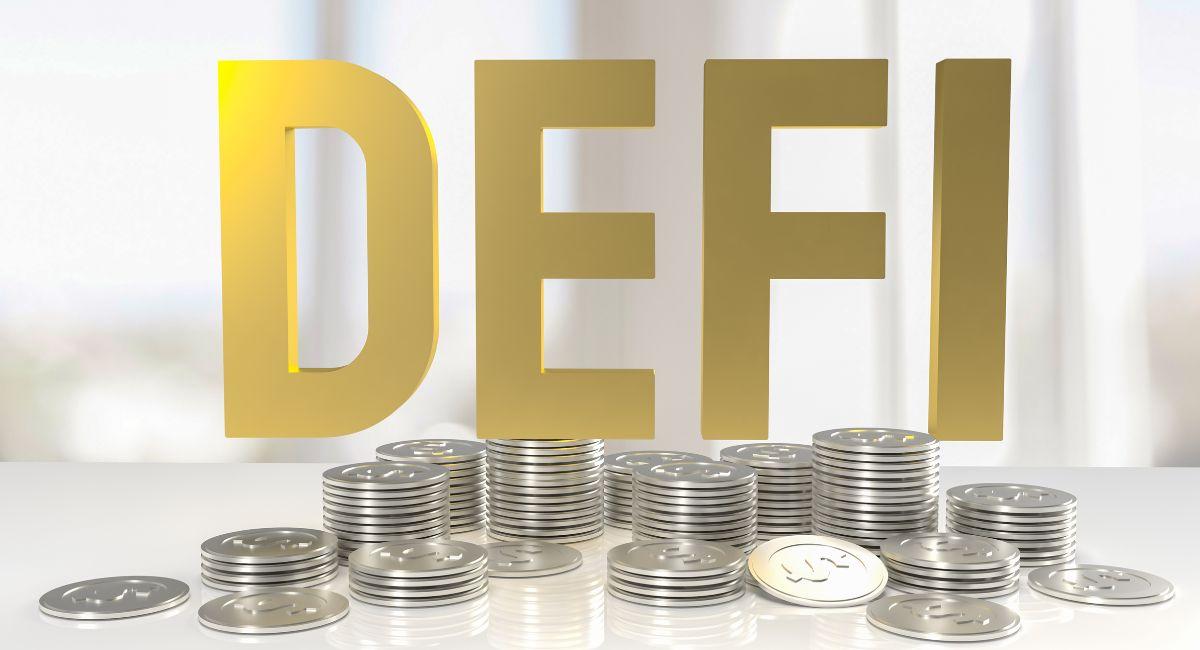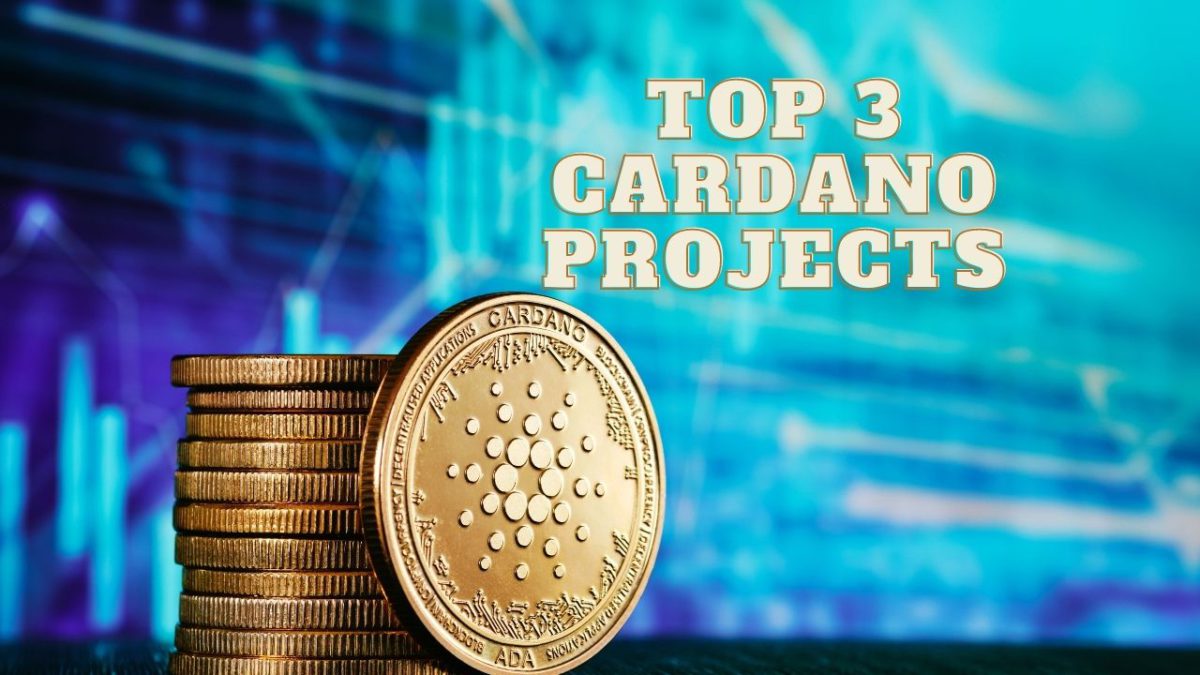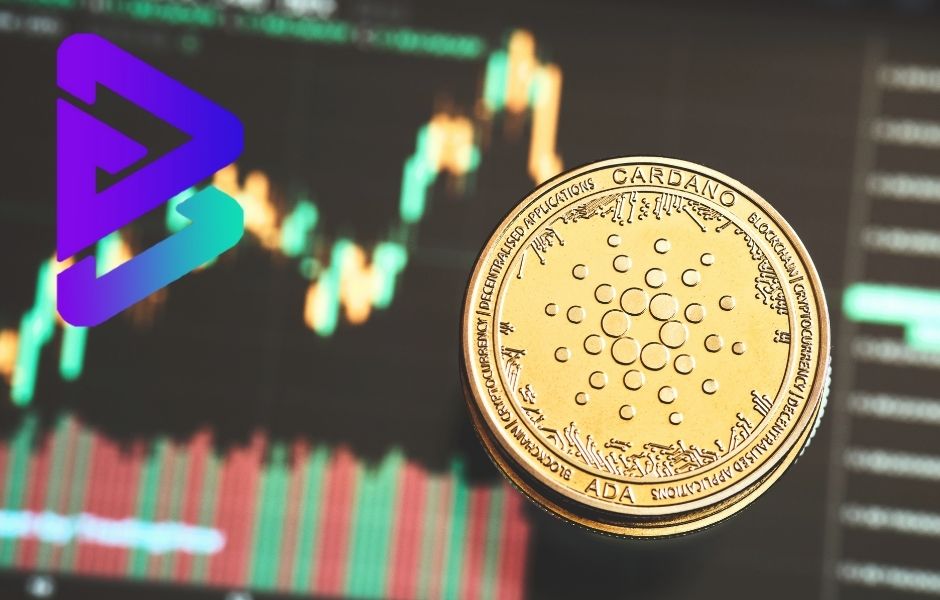Top 10 Ways DeFi Could Boost Dollar Strength All Over The World
DeFi, short for Decentralized Finance, refers to a rapidly growing ecosystem of financial applications and services built on blockchain technology. Unlike traditional financial systems that rely on centralized intermediaries such as banks or brokerage firms, DeFi aims to democratize access to financial services by leveraging decentralized networks like Ethereum.
At the core of DeFi are smart contracts, self-executing contracts with the terms of the agreement directly written into code. These smart contracts automate financial transactions, removing the need for intermediaries and enabling peer-to-peer interactions.
DeFi offers a wide range of financial services, including lending, borrowing, trading, asset management, and derivatives trading, among others. Users can participate in these services directly from their digital wallets, without the need for a middleman or traditional financial institution.
One of the most popular DeFi applications is decentralized lending and borrowing platforms, where users can lend out their crypto assets to earn interest or borrow assets by providing collateral. These platforms use smart contracts to automatically execute loan agreements and manage collateralization ratios, reducing counterparty risk and enabling global access to credit.
DeFi also encompasses decentralized exchanges (DEXs), which facilitate the trading of digital assets without relying on a central authority. These exchanges use automated market-making algorithms and liquidity pools to enable seamless and permissionless trading of cryptocurrencies and tokens.
Furthermore, DeFi platforms offer innovative investment opportunities such as yield farming, liquidity mining, and staking, where users can earn rewards or interest by providing liquidity to decentralized protocols or locking up their assets in smart contracts.
Despite its potential benefits, it also faces challenges such as scalability, security vulnerabilities, and regulatory uncertainty. Nevertheless, the DeFi ecosystem continues to expand rapidly, with new projects and applications emerging to address these challenges and unlock the full potential of decentralized finance.
In summary, it represents a paradigm shift in the way financial services are accessed, provided, and utilized. By leveraging blockchain technology and decentralized networks, it offers greater accessibility, transparency, and efficiency in the global financial system, empowering individuals to take control of their finances and participate in an open and inclusive financial ecosystem.
Also, read- Top 10 Challenges Of DeFi Apps And The Strong Need For Interoperability
Importance of Defi in traditional finance

The importance of DeFi, or Decentralized Finance, stems from its potential to revolutionize the traditional financial system by providing greater accessibility, transparency, and efficiency. Here are several key reasons why DeFi is important:
- Financial Inclusion: DeFi enables financial services to be accessible to anyone with an internet connection and a smartphone, regardless of geographical location or socioeconomic status. This empowers underserved and unbanked populations to access basic financial services such as savings, lending, and investing.
- Removal of Intermediaries: DeFi eliminates the need for traditional financial intermediaries such as banks, brokerage firms, and clearinghouses. By leveraging blockchain technology and smart contracts, DeFi enables peer-to-peer transactions, reducing reliance on centralized institutions and minimizing counterparty risk.
- Transparency and Trustlessness: DeFi operates on transparent, auditable, and immutable blockchain networks, providing greater transparency and accountability compared to traditional financial systems. Smart contracts automatically enforce the terms of financial agreements, reducing the need for trust in third parties.
- Global Accessibility: DeFi platforms are accessible to anyone with an internet connection, enabling seamless cross-border transactions and financial interactions. This facilitates global trade, investment, and capital flow, fostering economic growth and development on a global scale.
- Innovative Financial Products: It fosters innovation by enabling the creation of new financial products and services that were previously inaccessible or cost-prohibitive. These include decentralized lending and borrowing, automated market-making, yield farming, and decentralized exchanges, among others.
- Lower Costs and Fees: The platforms often have lower overhead costs compared to traditional financial institutions, resulting in lower fees for users. This enables individuals to access financial services at a fraction of the cost, particularly for cross-border transactions and remittances.
- Permissionless Innovation: It promotes permissionless innovation by allowing developers to build and deploy financial applications without requiring approval from centralized authorities. This fosters a vibrant ecosystem of developers, entrepreneurs, and innovators, driving continuous improvement and evolution in the DeFi space.
- Resilience and Anti-Censorship: It is resistant to censorship and shutdowns, as it operates on decentralized blockchain networks that are distributed across thousands of nodes worldwide. This resilience makes platforms less susceptible to government censorship, regulatory overreach, or single points of failure.
- Hedging Against Traditional Finance Risks: It provides an alternative to traditional financial systems, offering users a way to hedge against risks such as inflation, currency devaluation, capital controls, and systemic failures. By diversifying into decentralized assets, individuals can mitigate exposure to traditional finance risks.
- Empowerment of Individuals: Ultimately, the importance lies in its ability to empower individuals to take control of their finances, manage their wealth, and participate in an open and inclusive financial ecosystem. It democratizes finance, putting financial autonomy and sovereignty back into the hands of the people.
In summary, it represents a fundamental shift in the way financial services are accessed, provided, and utilized. By leveraging blockchain technology, It offers a decentralized, transparent, and inclusive alternative to traditional finance, with the potential to reshape the global financial landscape for the better.
Top 10 ways DeFi could boost dollar strength all over the world

While it primarily operates in cryptocurrencies, particularly Ethereum-based tokens, its impact on the strength of the US dollar is indirect and complex. However, here are ten ways in which it could contribute to bolstering the US dollar’s influence globally:
- Increased Adoption of Stablecoins: Many platforms utilize stablecoins pegged to the US dollar, such as USDC and DAI, as a medium of exchange and store of value. As DeFi adoption grows globally, the demand for these stablecoins increases, reinforcing the US dollar’s dominance in the digital asset space.
- Financial Inclusion and Dollarization: It facilitates financial inclusion by providing access to financial services to underserved populations worldwide. As individuals participate in using stablecoins or other dollar-denominated assets, they indirectly contribute to the dollar’s global influence.
- Cross-Border Transactions: It enables seamless and cost-effective cross-border transactions using US dollar-backed stablecoins. This promotes international trade and remittances, further strengthening the dollar’s position as the primary currency for global commerce.
- Liquidity and Market Depth: These protocols provide liquidity pools for various assets, including cryptocurrencies and stablecoins. As liquidity in markets increases, it attracts more participants, driving demand for dollar-denominated assets and enhancing the dollar’s liquidity and market depth.
- Arbitrage Opportunities: Its decentralized nature allows for arbitrage opportunities across different markets and exchanges. Traders exploit price differentials between decentralized and centralized platforms, often using stablecoins, contributing to the circulation and demand for dollar-backed assets.
- Interest Rate Differentials: It lending and borrowing protocols offer interest rates that are often higher than traditional banking products. This attracts capital inflows into dollar-denominated assets, leading to increased demand for US dollars and strengthening its position in global financial markets.
- Hedging Against Currency Volatility: Its users can hedge against currency volatility by holding dollar-backed stablecoins during periods of economic uncertainty. This preference for stability reinforces the role of the US dollar as a safe haven currency and bolsters its global status.
- Partnerships with Traditional Finance: DeFi platforms increasingly collaborate with traditional financial institutions to offer innovative financial products and services. These partnerships may involve the use of dollar-denominated assets, contributing to the dollar’s integration into the DeFi ecosystem and its broader adoption.
- Regulatory Compliance: Many DeFi projects and platforms prioritize regulatory compliance, especially concerning Know Your Customer (KYC) and Anti-Money Laundering (AML) requirements. This adherence to regulations enhances trust and legitimacy, attracting institutional investors and further strengthening the dollar’s position.
- Network Effects and First-Mover Advantage: The US dollar benefits from network effects and its status as the world’s primary reserve currency. DeFi’s integration of dollar-denominated assets leverages this existing infrastructure, reinforcing the dollar’s first-mover advantage and cementing its role in the global financial system.
In summary, while DeFi’s impact on the US dollar’s strength is indirect, its growing adoption and integration of dollar-denominated assets contribute to reinforcing the dollar’s dominance in the digital asset space and its broader influence on the global financial stage.
Conclusion
In conclusion, while the impact of decentralized finance (DeFi) on the strength of the US dollar is indirect, it nonetheless plays a significant role in reinforcing the dollar’s influence globally. Through various mechanisms and processes, DeFi contributes to the widespread adoption and use of dollar-denominated assets, ultimately bolstering the dollar’s position in the digital and traditional financial realms.
Firstly, the increased adoption of stablecoins, particularly those pegged to the US dollar, serves as a primary conduit for strengthening the dollar’s presence in DeFi. These stablecoins, such as USDC and DAI, provide a reliable medium of exchange and store of value within DeFi platforms, driving demand for dollar-backed assets.
Moreover, DeFi’s facilitation of cross-border transactions using dollar-backed stablecoins promotes international trade and remittances, further amplifying the dollar’s role as the primary currency for global commerce. Additionally, DeFi’s liquidity pools, arbitrage opportunities, and interest rate differentials contribute to the circulation and demand for US dollars, enhancing its liquidity and market depth.
Furthermore, DeFi’s collaboration with traditional financial institutions and adherence to regulatory compliance standards attract institutional investors, reinforcing the dollar’s legitimacy and integration into the DeFi ecosystem. This convergence of traditional finance with DeFi amplifies the dollar’s network effects and first-mover advantage, solidifying its status as the world’s primary reserve currency.
Ultimately, DeFi’s growing adoption and integration of dollar-denominated assets underscore the dollar’s resilience and relevance in the digital age. While challenges and uncertainties remain, DeFi’s role in bolstering the dollar’s strength demonstrates the symbiotic relationship between traditional finance and emerging decentralized technologies. As DeFi continues to evolve and expand, its impact on the global financial landscape will likely continue to shape the trajectory of the US dollar’s dominance for years to come.
Stay informed with daily updates from Blockchain Magazine on Google News. Click here to follow us and mark as favorite: [Blockchain Magazine on Google News].
Get Blockchain Insights In Inbox
Stay ahead of the curve with expert analysis and market updates.
latest from tech
Disclaimer: Any post shared by a third-party agency are sponsored and Blockchain Magazine has no views on any such posts. The views and opinions expressed in this post are those of the clients and do not necessarily reflect the official policy or position of Blockchain Magazine. The information provided in this post is for informational purposes only and should not be considered as financial, investment, or professional advice. Blockchain Magazine does not endorse or promote any specific products, services, or companies mentioned in this posts. Readers are encouraged to conduct their own research and consult with a qualified professional before making any financial decisions.

 Bitcoin
Bitcoin  Ethereum
Ethereum  Tether
Tether  Solana
Solana  Dogecoin
Dogecoin  XRP
XRP  USDC
USDC  Lido Staked Ether
Lido Staked Ether  Cardano
Cardano  TRON
TRON  Shiba Inu
Shiba Inu  Toncoin
Toncoin  Wrapped stETH
Wrapped stETH  Wrapped Bitcoin
Wrapped Bitcoin  Avalanche
Avalanche  Sui
Sui  WETH
WETH  Pepe
Pepe  Chainlink
Chainlink  Bitcoin Cash
Bitcoin Cash  Polkadot
Polkadot  LEO Token
LEO Token  NEAR Protocol
NEAR Protocol  Litecoin
Litecoin  Aptos
Aptos  Wrapped eETH
Wrapped eETH  USDS
USDS  Uniswap
Uniswap  Cronos
Cronos  Stellar
Stellar  Internet Computer
Internet Computer  Bittensor
Bittensor  dogwifhat
dogwifhat  Ethereum Classic
Ethereum Classic  Dai
Dai  WhiteBIT Coin
WhiteBIT Coin  Artificial Superintelligence Alliance
Artificial Superintelligence Alliance  Ethena USDe
Ethena USDe  POL (ex-MATIC)
POL (ex-MATIC)  Stacks
Stacks  Monero
Monero  OKB
OKB  Hedera
Hedera  Render
Render  Bonk
Bonk  Filecoin
Filecoin  Aave
Aave 



